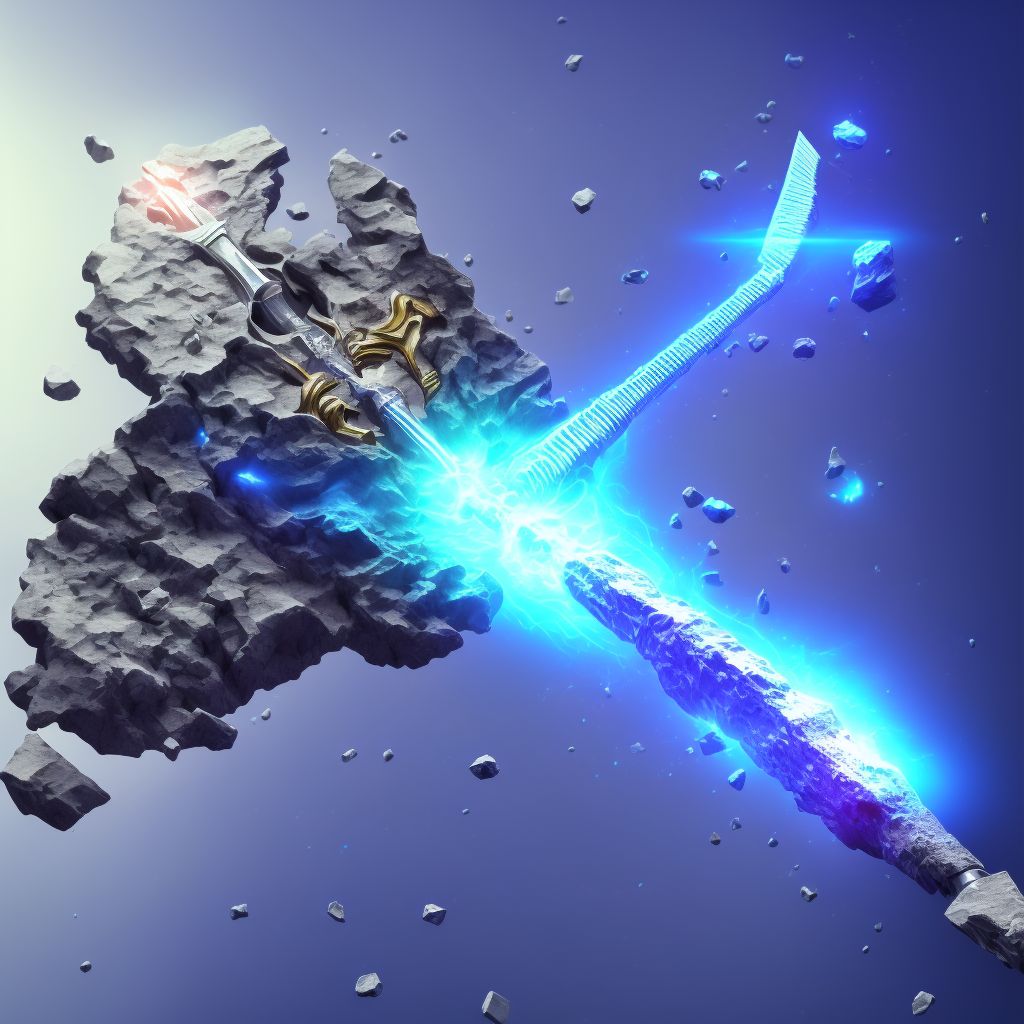
Nondisplaced comminuted fracture of shaft of left tibia, subsequent encounter for open fracture type I or II with delayed healing Save
ICD-10 code: S82.255H
Disease category: S82.255: Nondisplaced comminuted fracture of shaft of left tibia
Nondisplaced Comminuted Fracture of Shaft of Left Tibia: Understanding Open Fracture Types I and II with Delayed Healing
When it comes to fractures, the nondisplaced comminuted fracture of the shaft of the left tibia is a specific injury type that requires attention. In some cases, this fracture can lead to an open fracture of type I or II, which may further result in delayed healing. Let's delve deeper into these terms to gain a better understanding.
An open fracture, also known as a compound fracture, occurs when the broken bone pierces through the skin, leading to an external wound. In the case of the nondisplaced comminuted fracture of the shaft of the left tibia, if the fracture is severe enough, it can progress to an open fracture of type I or II.
- Type I: In this type, the fracture site has a clean wound measuring less than 1 centimeter. The wound occurs due to the bone breaking through the skin and is commonly caused by a high-energy impact.
- Type II: A type II open fracture involves a larger wound greater than 1 centimeter in size. This wound can be caused by various factors, including the bone splintering or the fracture being the result of a low-energy impact.
Delayed healing is an unfortunate complication that can occur with open fractures of the tibia shaft. It refers to a delay in the natural healing process of the fracture. This delay can be caused by several factors, such as infection, poor blood supply, or inadequate immobilization.
Although treatment options are not discussed in this article, it is essential to mention that the management of these fractures typically involves a multidisciplinary approach. Orthopedic surgeons, trauma specialists, and other healthcare professionals work together to determine the best course of action based on the severity of the fracture and the patient's individual circumstances.
In conclusion, understanding the different types of open fractures that can occur as a result of a nondisplaced comminuted fracture of the shaft of the left tibia is crucial. Additionally, recognizing the potential for delayed healing can help healthcare professionals tailor their treatment plans effectively.
Treatment of Nondisplaced comminuted fracture of shaft of left tibia, subsequent encounter for open fracture type I or II with delayed healing:
Treatment Options for Nondisplaced Comminuted Fracture of the Shaft of Left Tibia
A nondisplaced comminuted fracture of the shaft of the left tibia, subsequent encounter for open fracture type I or II with delayed healing, can be a challenging condition to manage. However, with advancements in medical technology and treatment options, there are effective ways to address this type o...
To see full information about treatment please Sign up or Log in